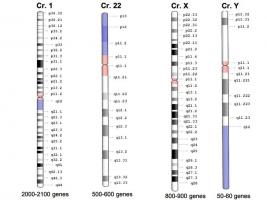Difference between types of triangles
The types of triangles are differ by the size of their sides and by the measure of their internal angles. Remember that the triangle is a polygon with three sides, connected by its three vertices that form three angles.
| Types of triangles | Triangle Name | Characteristic |
|---|---|---|
| According to the size of its sides | Isosceles | Two sides of equal size. |
| Equilateral | All three sides are equal in size. | |
| Scalene | The three sides have different measurements. | |
| According to their angles | Acute angle | The three angles measure less than 90º. |
| Obtuse angle | One of the angles measures more than 90º. | |
| Rectangle | One of the angles measures 90º. |
Types of triangles according to their sides

A triangle is a three-sided polygon. Depending on the measure and the relationship of the sides to each other, we have different types of triangles:
- Isosceles triangle: has two sides of equal measure.
- Equilateral triangle: the three sides measure the same and therefore the three angles are equal.
- Scalene triangle: its three sides have different measurements.
Types of triangles according to their angles

A triangle has three internal angles, which in total add up to 180º. Depending on the measure of the angles, the triangles can be:
- Acute triangle: the three angles measure less than 90º, that is to say, they are acute angles.
- Right triangle: one of the angles of the triangle measures 90º, that is to say, it is a right angle.
- Obtuse triangle: one of the angles is an obtuse angle, that is, greater than 90º.
You may also be interested in seeing Types of angles.



